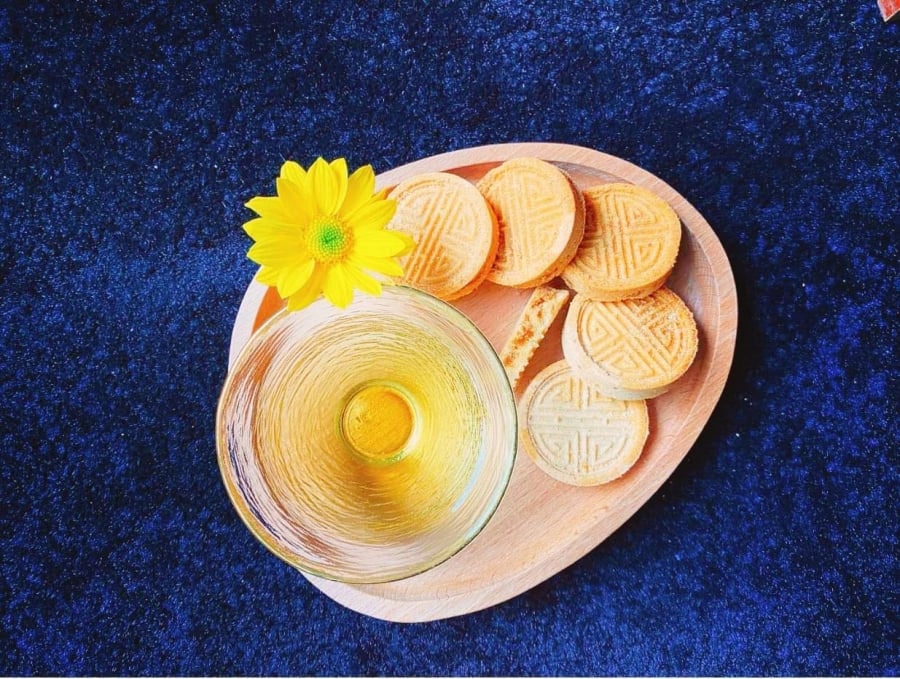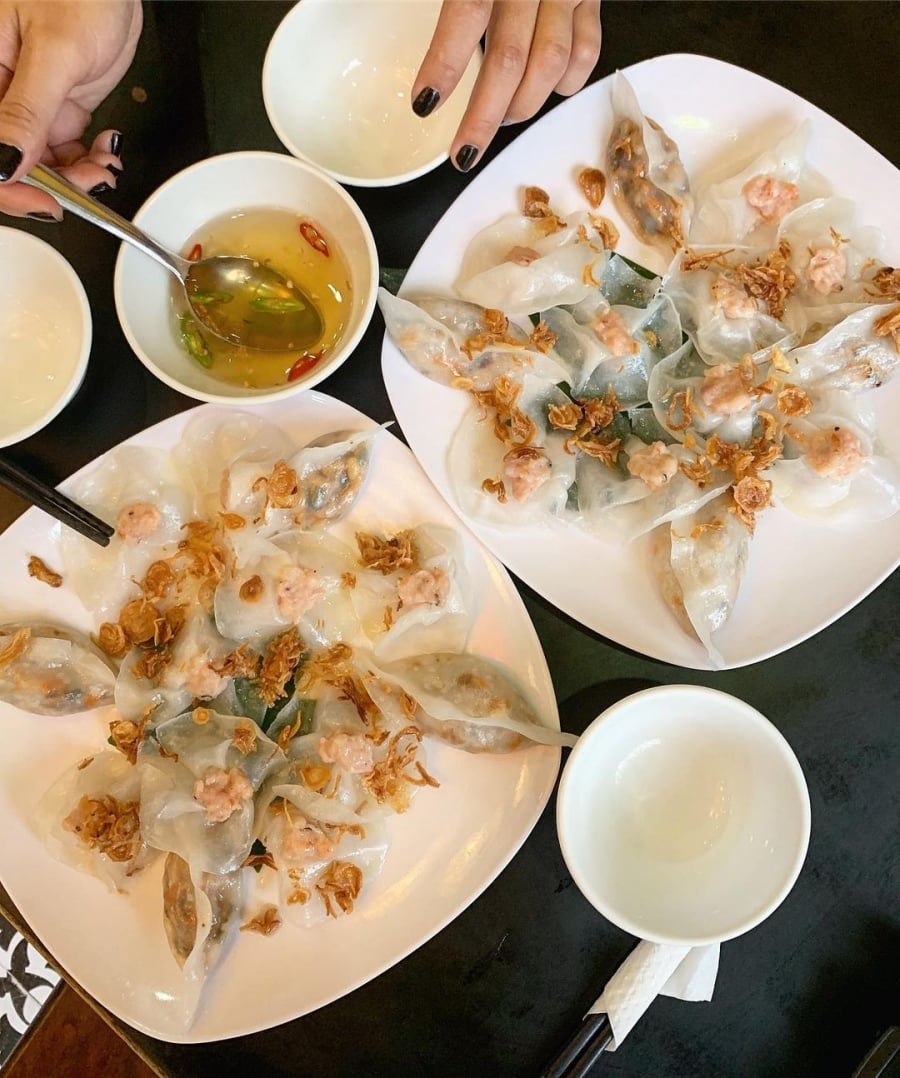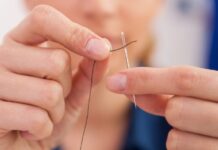Mochi with Meat Filling
If you ever find yourself in the ancient town of Hoi An, mochi with meat filling is a specialty sought after by many as a delicacy to bring home to their family and friends. To make these treats, one must carefully select the freshest and finest ingredients. The mochi’s shell is made from mung beans, and the maker must choose small-grained, golden-hearted mung beans, which are then rinsed multiple times in clean water before being steamed to perfection. Once the mung beans are ready, they are either ground manually or with a machine until a pure mung bean paste is achieved, which is then kneaded with syrup.

Mochi with meat filling is a Hoi An specialty that many people seek out and buy as gifts for their loved ones.
What sets this treat apart is its unique filling made with fat, giving the mochi a fragrant, buttery taste without being overly rich. Typically, Hoi An mochi is shaped into squares or rounds, embossed with a Chinese character conveying good wishes. Finally, to achieve a crisp texture, the mochi is baked in an oven until just cooked.
Mango Cakes
Unlike the mango cakes of Nha Trang, which are made from ripe mangoes, the primary ingredients for Hoi An’s mango cakes are sugar, glutinous rice flour, and peanuts. The cakes are named after the fruit due to their small, cute mango-like shape. Holding a Hoi An mango cake, one notices a subtle fragrance of glutinous rice. The outer shell is chewy and white, and when bitten into, the filling reveals a delightful blend of mild sugary sweetness, spicy ginger, and the rich, buttery goodness of peanuts.

The main ingredients for Hoi An mango cakes are sugar, glutinous rice flour, and peanuts.
To create these mango cakes, one must knead roasted glutinous rice flour with hot water to form a sticky yet non-adhesive dough. Peanuts are then ground with white sugar and sesame seeds to make the filling. The dough is rolled into thin sheets, and the filling is added before shaping them into smooth, miniature white cakes. To prevent the mango cakes from sticking together and to enhance their appearance, the maker rolls the cakes in a thin layer of flour and then wraps them tightly in plastic bags for sale.
Bao Bap Flower Cakes
Also known as White Rose Cakes, these Hoi An specialties derive their name from their delicate, white-petaled rose-like appearance. According to local lore, this cake has a history spanning over a century, originating with a Hoa family in Hoi An.

The filling of the Bao Bap Flower Cakes typically includes shrimp, shiitake mushrooms, and ground pork…
For the shell, new rice flour is preferred for its elasticity and aroma. To enhance the smoothness, luster, and taste of the cakes, the rice is ground and sifted multiple times. The most challenging and meticulous part of the process is shaping the dough, as the shell must be of an appropriate thickness to ensure the filling cooks thoroughly without making the cake stodgy. However, if the shell is too thin, it won’t hold the filling, and the cake may break.
The filling for these flower cakes typically includes simple, readily available ingredients such as shrimp, shiitake mushrooms, and ground pork. To enhance the flavor, chopped scallions are often sprinkled on top, and the cakes are served with a sweet and sour fish sauce dip.































